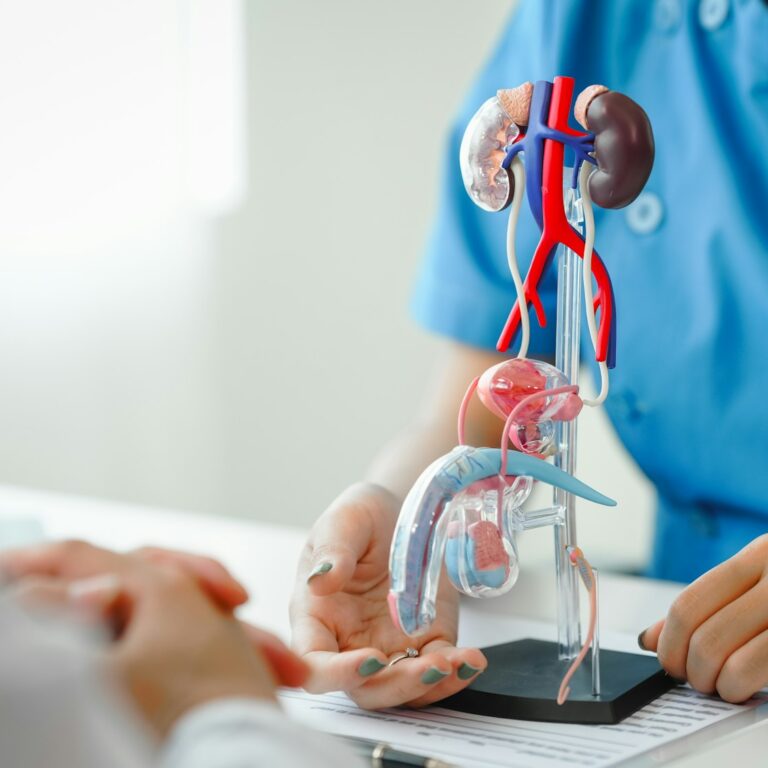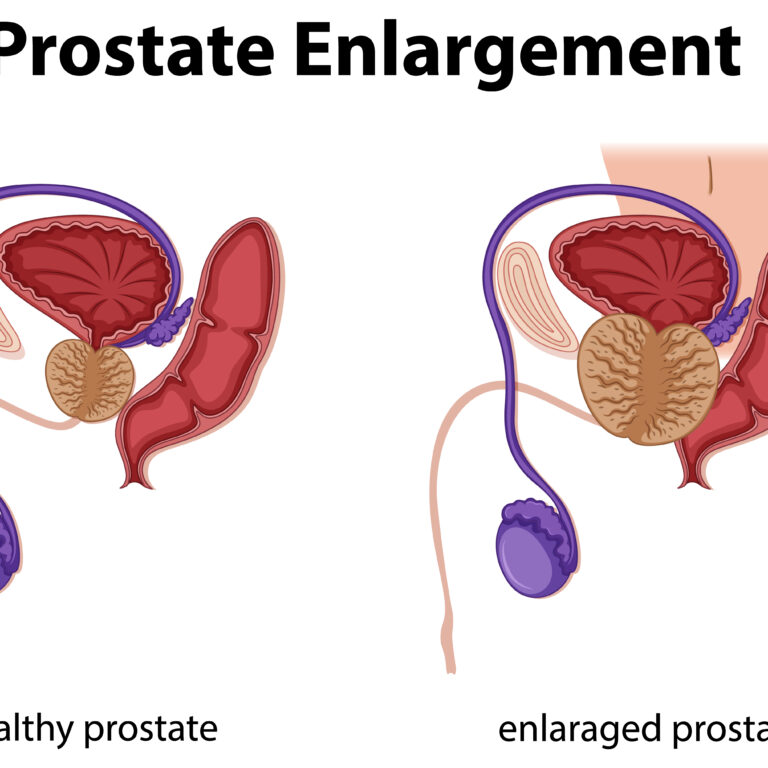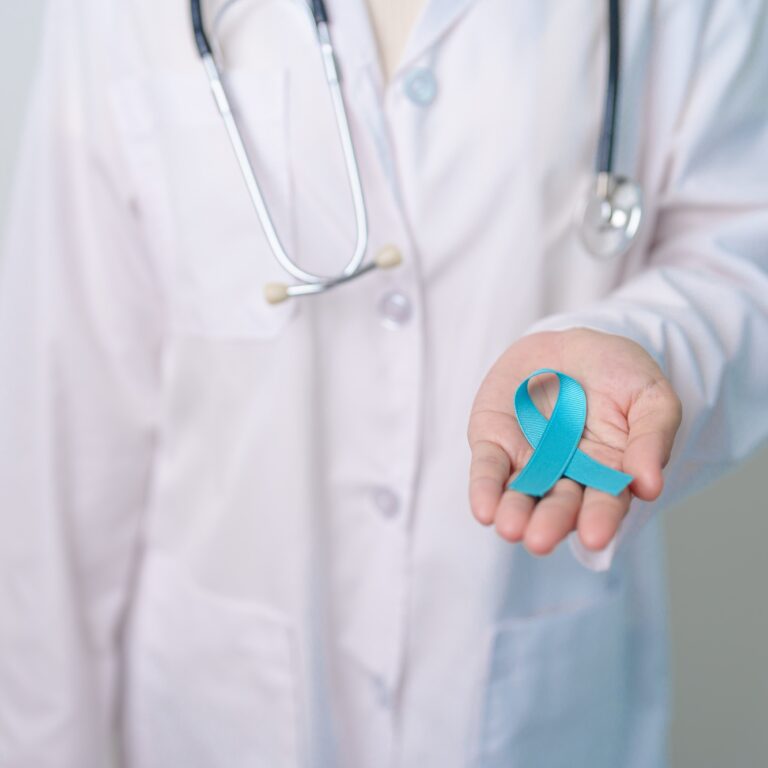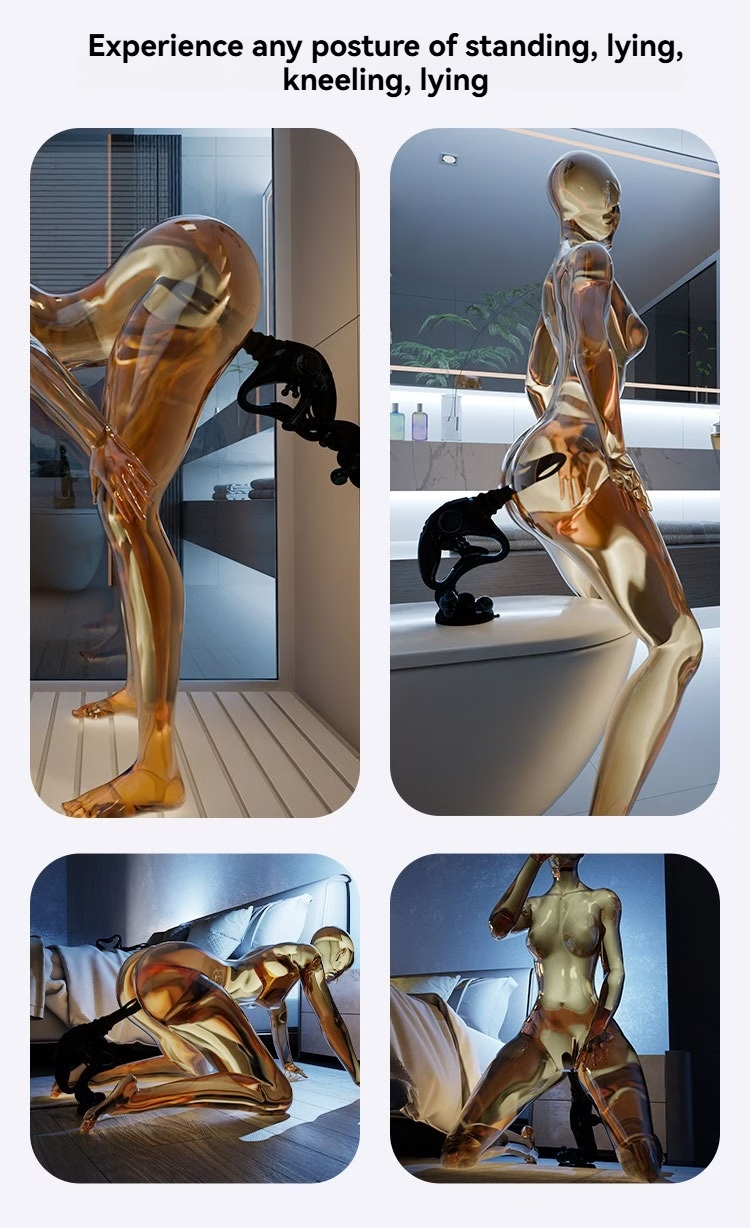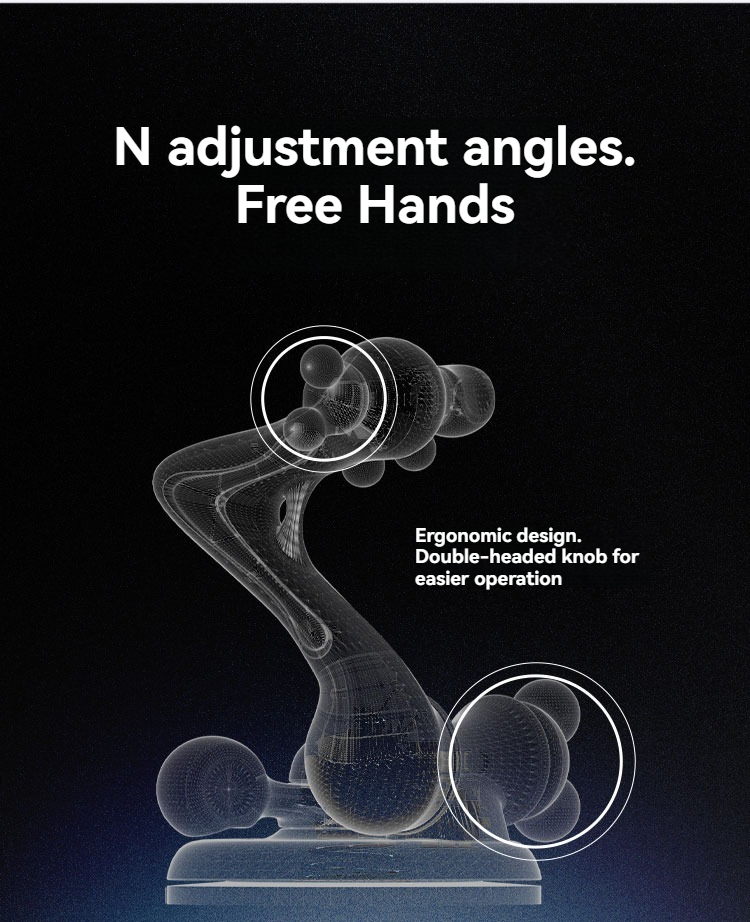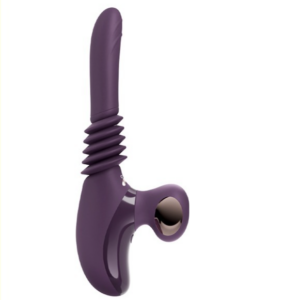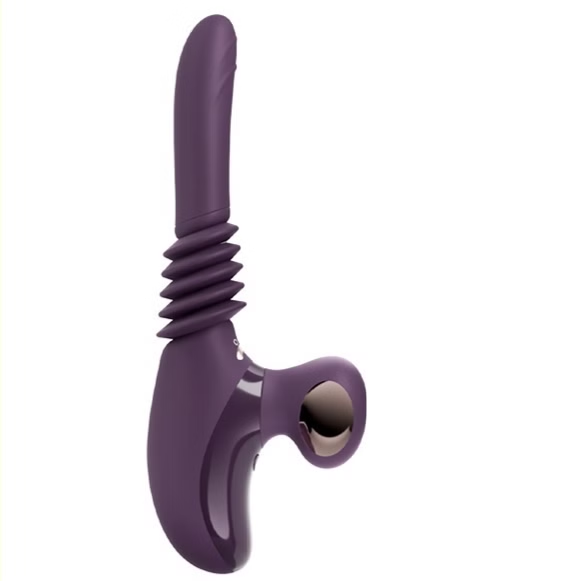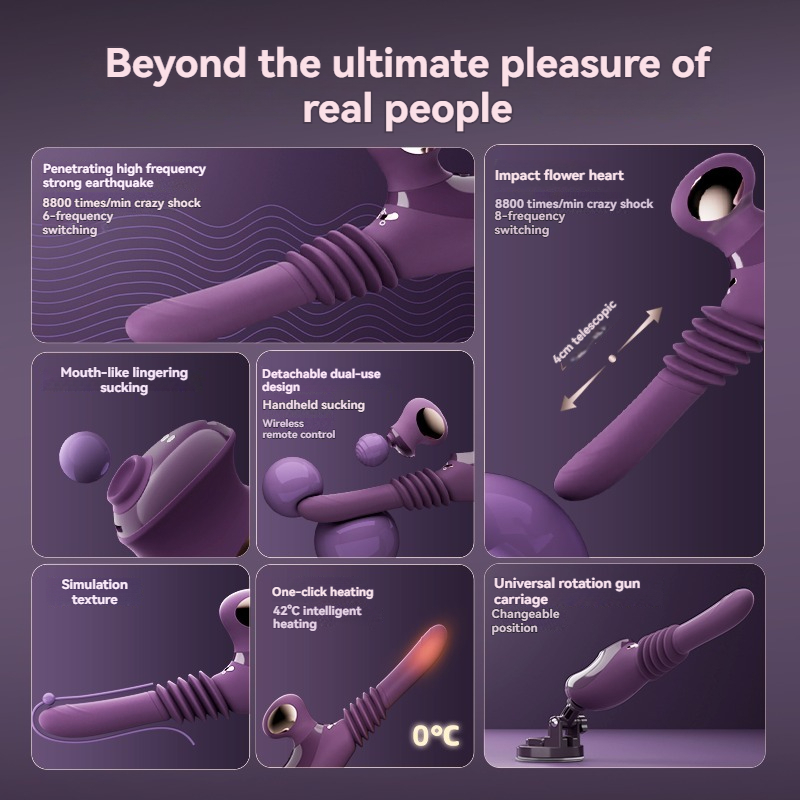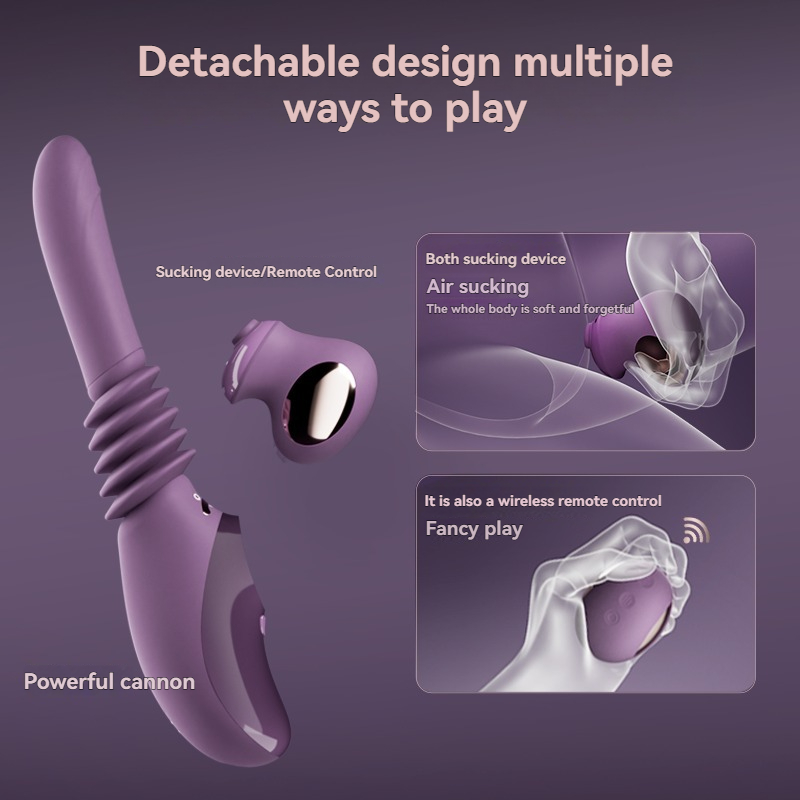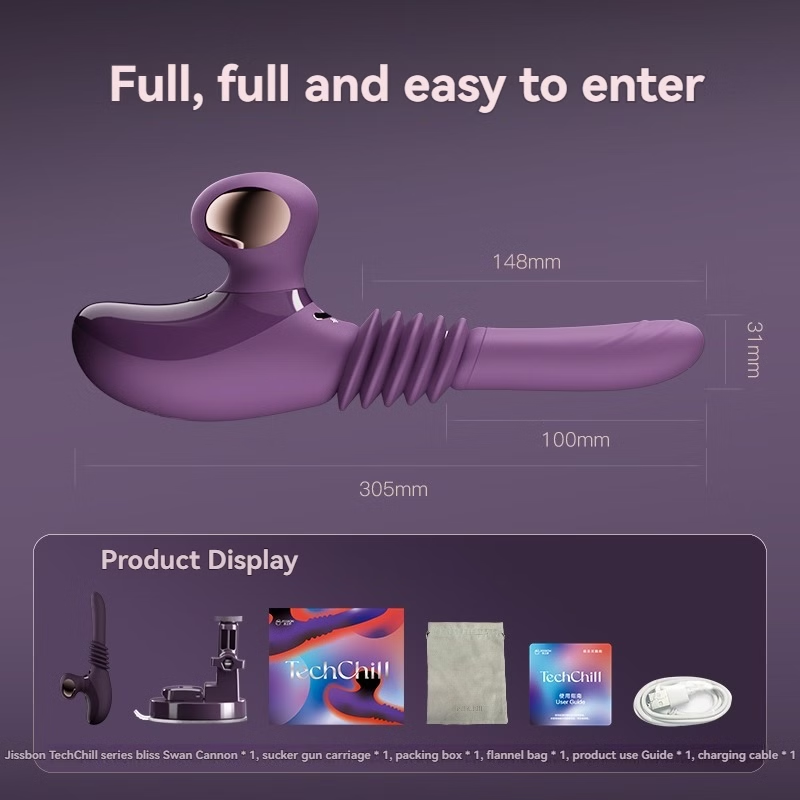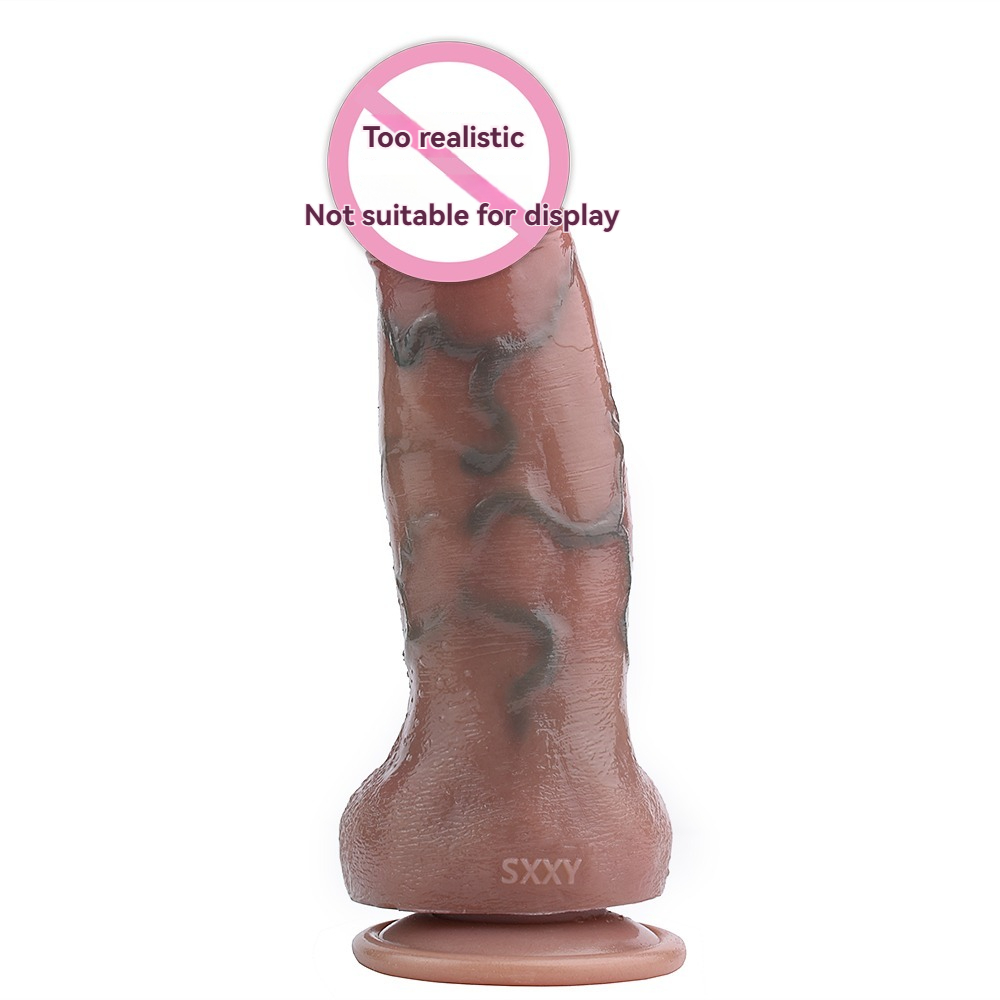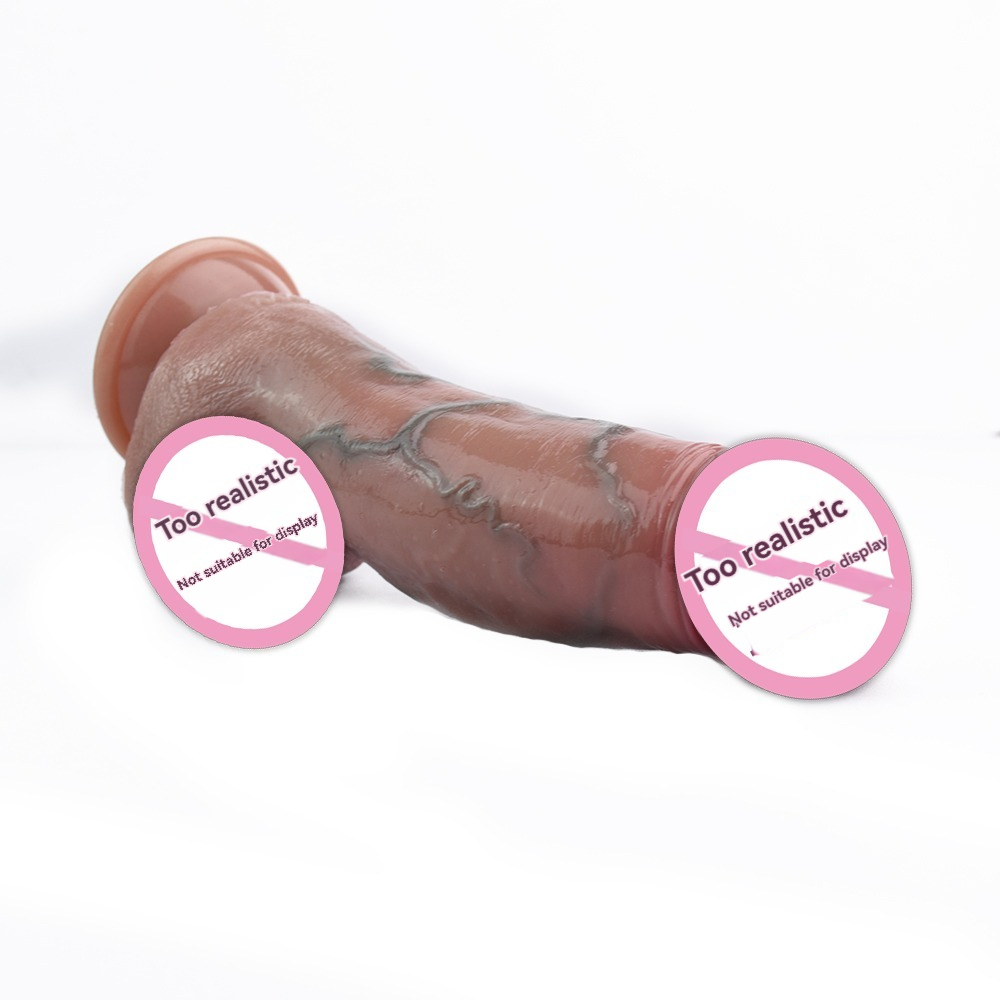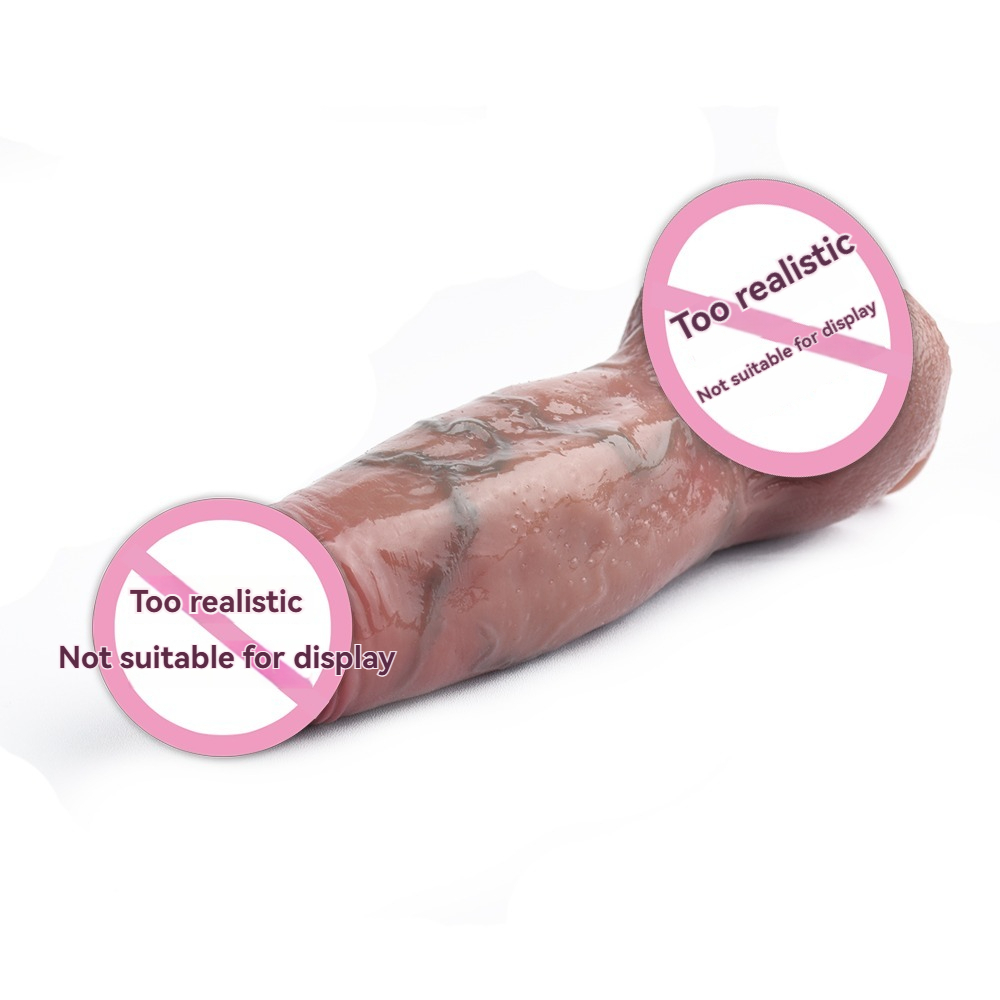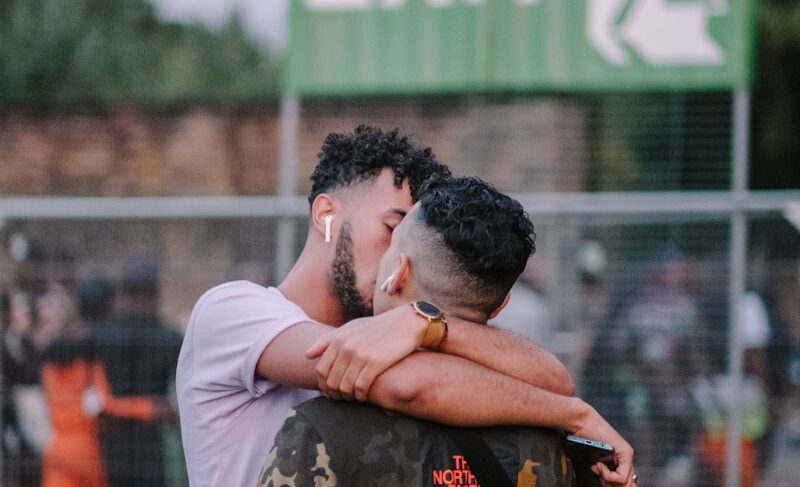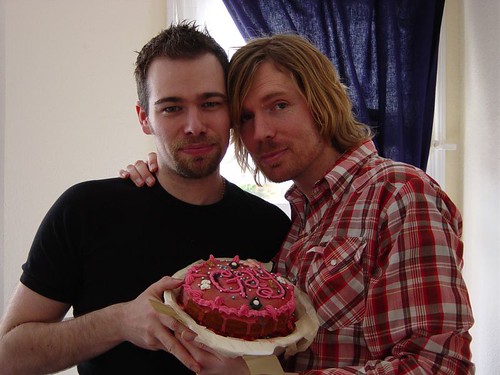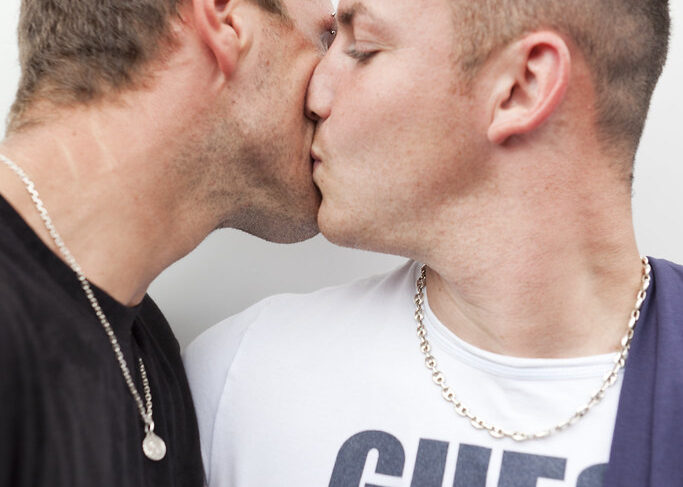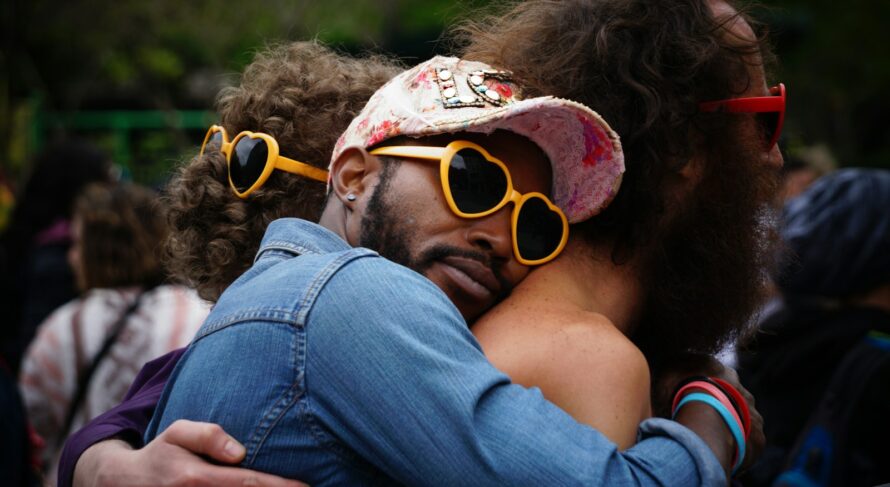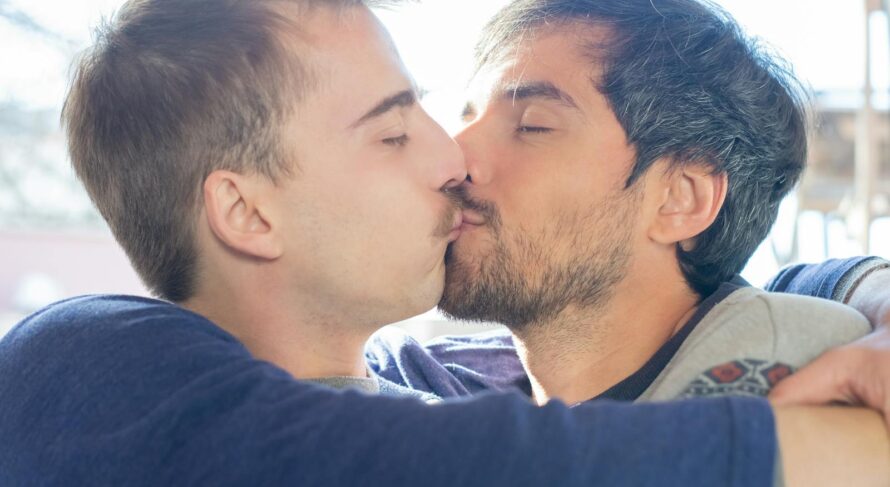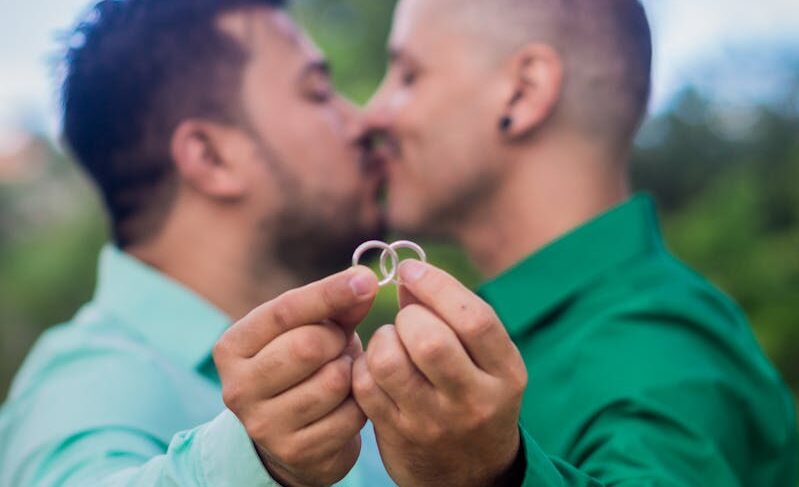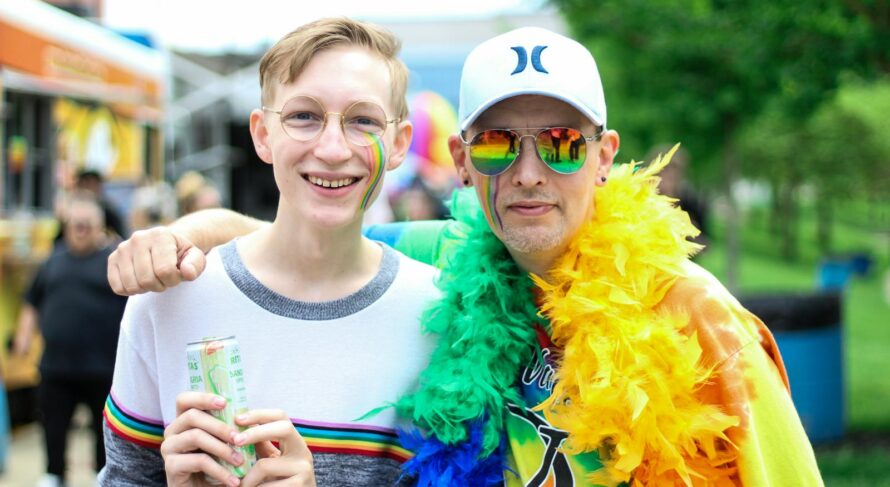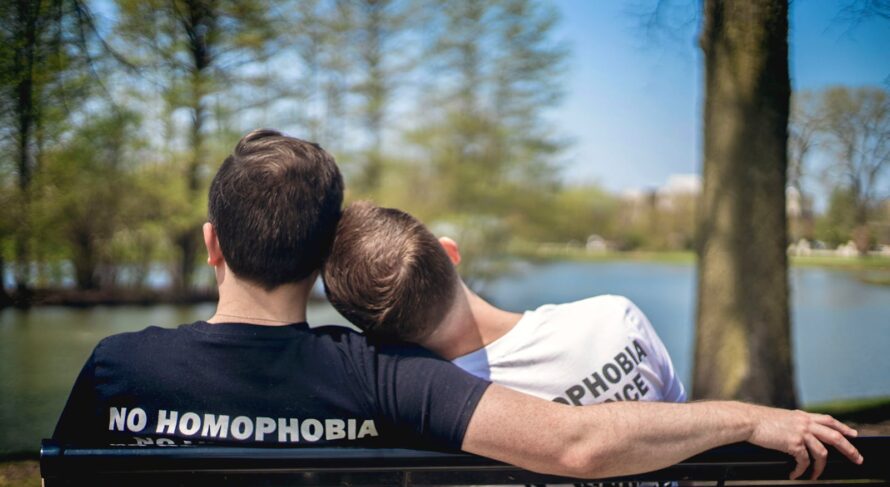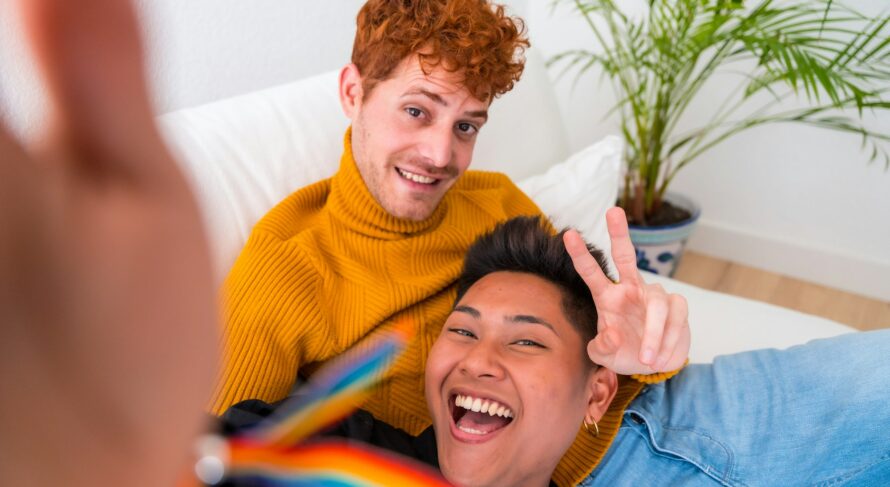Healing Intimacy: Overcoming Trauma for Gay Men

Key Takeaways-Healing Intimacy
- Understanding the profound impact of trauma on intimacy is essential for healing and building strong relationships.
- Effective trauma healing techniques include various forms of therapy, support groups, mindfulness practices, and healthy coping mechanisms.
- Open communication and mutual support between partners are crucial for overcoming trauma in gay relationships.
- Accessing appropriate resources and professional help can significantly aid in the healing process.
- Utilizing intimacy-enhancing products from platforms like sextoyforyou.store can support and improve sexual health and intimacy.
Table of Contents
Introduction
Intimacy forms the bedrock of any meaningful relationship, acting as the glue that binds partners together through trust, connection, and mutual understanding. For gay men, cultivating and maintaining intimacy can be particularly challenging due to the added layers of societal stigma, internalized biases, and personal traumas. Trauma, whether stemming from past abuse, discrimination, or significant life events, can profoundly impact an individual’s ability to form and sustain intimate connections.
This comprehensive guide delves deep into the intricate relationship between trauma and intimacy in gay relationships, providing evidence-based strategies and practical insights for overcoming trauma and fostering healing. By understanding the unique challenges faced by gay men and implementing effective healing techniques, individuals can cultivate stronger, more resilient relationships that thrive despite past adversities.
As societal attitudes towards LGBTQ+ individuals continue to evolve, gay men are increasingly seeking information and resources to support their sexual health and emotional well-being. This guide aims to bridge the gap by offering a thorough exploration of the ways trauma affects intimacy and providing actionable steps to promote healing and strengthen bonds within gay relationships.
Understanding Trauma in Gay Relationships
What is Trauma?
Trauma is defined by the World Health Organization (WHO) as any experience that is emotionally painful, distressing, or shocking, which overwhelms an individual’s ability to cope. Trauma can result from a wide range of events, including physical or emotional abuse, sexual violence, discrimination, accidents, or witnessing traumatic incidents (WHO, 2013). The impact of trauma extends beyond the immediate event, often leaving lasting scars that affect an individual’s mental, emotional, and physical health.
In the context of gay relationships, trauma can be both personal and societal. Personal trauma might include past experiences of abuse or rejection related to one’s sexual orientation, while societal trauma encompasses the broader impact of discrimination, homophobia, and internalized negative beliefs about being gay. Understanding the multifaceted nature of trauma is crucial for developing effective strategies to address its impact on intimacy and relationship dynamics.
Types of Trauma
Trauma can be categorized into several types, each affecting individuals differently:
- Acute Trauma: Results from a single, overwhelming event, such as a violent attack, natural disaster, or severe accident. Acute trauma can lead to immediate and intense psychological distress, often resulting in post-traumatic stress disorder (PTSD) if not properly addressed (American Psychiatric Association, 2013).
- Chronic Trauma: Arises from repeated and prolonged exposure to traumatic events, such as ongoing abuse, bullying, or sustained discrimination. Chronic trauma can lead to cumulative psychological damage, making it difficult for individuals to recover fully (Friedman, 2013).
- Complex Trauma: Involves exposure to multiple traumatic events, often of an invasive and interpersonal nature, which can disrupt an individual’s ability to form healthy relationships and regulate emotions. Complex trauma can result in pervasive negative effects on an individual’s sense of self and their interactions with others (Herman, 1992).
Gay men may experience any of these trauma types, often intertwined with their experiences of sexual orientation-related challenges. Recognizing the specific type of trauma experienced is crucial for determining the most effective healing strategies and providing appropriate support within the relationship.

Impact of Trauma on Intimacy
Emotional Barriers
Trauma can create significant emotional barriers that impede the development of intimacy. Individuals who have experienced trauma may struggle with trust, fear of vulnerability, and difficulty in expressing emotions—key components necessary for building a deep emotional connection with a partner. According to Herman (1992), trauma survivors often experience disruptions in their ability to connect emotionally, leading to feelings of isolation and detachment from their partners.
In gay relationships, these emotional barriers can be exacerbated by societal stigma and internalized homophobia, making it even more challenging to establish and maintain deep emotional connections. Partners may find themselves grappling with past traumas that resurface during moments of vulnerability, hindering their ability to fully engage and support each other. Overcoming these barriers requires intentional efforts to rebuild trust, foster open communication, and create a safe and supportive environment within the relationship.
Physical Intimacy Challenges
Trauma can also affect physical intimacy, leading to difficulties in sexual expression and satisfaction. Survivors of sexual trauma, in particular, may experience pain, discomfort, or anxiety during sexual activities, which can hinder their ability to engage fully in physical intimacy. Studies by Cloitre et al. (2009) have shown that trauma can lead to sexual dysfunction and reduced sexual satisfaction, impacting the overall quality of the relationship.
Additionally, trauma-related triggers can cause individuals to associate certain physical sensations with past traumatic experiences, leading to avoidance of intimacy or heightened arousal states that disrupt sexual interactions. For gay men, who may have specific intimacy practices, such as anal intercourse, the physical challenges can be particularly pronounced if past trauma is involved. Addressing these challenges involves creating a safe and supportive environment where both partners can explore physical intimacy at a comfortable pace, utilizing tools and products that enhance comfort and pleasure.
Trust and Vulnerability
Trust and vulnerability are fundamental to intimacy, but trauma can severely disrupt these elements. Survivors may have a diminished capacity to trust, fearing that their partner may cause them harm or reject them based on their past experiences. As noted by Van der Kolk (2014), trauma can alter an individual’s perception of safety, making it difficult to feel secure enough to be vulnerable with a partner.
Rebuilding trust and fostering vulnerability in gay relationships requires patience, empathy, and consistent support from both partners. Creating a foundation of safety and understanding allows individuals to gradually overcome their fears and open up emotionally, enhancing the intimacy and connection within the relationship. This process often involves addressing past traumas together, seeking professional guidance, and practicing trust-building activities that reinforce mutual respect and reliability.
Effective Healing Techniques
Therapy and Counseling
Therapy and counseling are among the most effective healing techniques for overcoming trauma and restoring intimacy in gay relationships. Various therapeutic approaches can address the unique needs of trauma survivors:
- Cognitive Behavioral Therapy (CBT): Focuses on identifying and changing negative thought patterns and behaviors associated with trauma. CBT helps individuals understand how their thoughts influence their emotions and behaviors, enabling them to develop healthier coping mechanisms (Beck, 2011).
- Eye Movement Desensitization and Reprocessing (EMDR): A therapy technique that helps process and integrate traumatic memories through guided eye movements. EMDR is particularly effective in reducing the emotional intensity of traumatic memories and promoting adaptive resolution (Shapiro, 2017).
- Trauma-Focused Therapy: Specifically targets the emotional and psychological impact of trauma, providing strategies to cope and heal. This approach often includes elements of CBT, mindfulness, and exposure therapy to address the multifaceted effects of trauma (Herman, 1992).
Couples therapy can also be beneficial, allowing partners to work together to address the impact of trauma on their relationship. Therapists can guide couples in developing effective communication skills, rebuilding trust, and fostering mutual support. This collaborative approach not only addresses individual traumas but also strengthens the partnership, enhancing overall relationship resilience.
Accessing therapy requires finding a qualified mental health professional experienced in working with LGBTQ+ individuals and trauma survivors. Organizations such as the Gay and Lesbian Medical Association (GLMA) and the National Alliance on Mental Illness (NAMI) offer directories of LGBTQ+-friendly therapists. Online therapy platforms can also connect individuals with qualified professionals who specialize in trauma and relationship counseling, providing convenient and accessible options for those seeking help.
Support Groups and Community
Support groups provide a safe space for gay men to share their experiences, receive validation, and gain insights from others who have faced similar challenges. According to the Substance Abuse and Mental Health Services Administration (SAMHSA), support groups can reduce feelings of isolation and provide emotional support, which is essential for healing trauma.
Community involvement can also foster a sense of belonging and acceptance, which are crucial for overcoming the societal stigma that often accompanies trauma. Engaging with LGBTQ+ community centers, online forums, and support networks can provide additional resources and connections that facilitate healing and intimacy. These communities offer opportunities for shared learning, mutual encouragement, and the development of coping strategies that are tailored to the unique needs of gay men.
Support groups can vary in format, including in-person meetings, virtual gatherings, and specialized workshops. Participating in these groups allows individuals to build a supportive network, share their stories, and learn from the experiences of others. This collective support is invaluable in navigating the healing process and fostering resilience within relationships.
Mindfulness and Relaxation Techniques
Mindfulness and relaxation techniques can help trauma survivors manage anxiety, reduce stress, and enhance emotional regulation. Practices such as meditation, yoga, and deep breathing exercises promote a state of calm and present-moment awareness, which can alleviate trauma-related symptoms (Kabat-Zinn, 1994).
Incorporating mindfulness into daily routines can improve emotional resilience and foster a greater sense of self-awareness. This increased self-awareness allows individuals to recognize and address trauma triggers, enhancing their ability to engage in intimate relationships without being overwhelmed by past experiences.
Mindfulness practices can be integrated into relationship activities, such as practicing joint meditation, participating in yoga classes together, or engaging in mindful breathing exercises before intimate moments. These practices not only reduce stress but also promote a deeper emotional connection and mutual understanding between partners.
Building Healthy Coping Mechanisms
Developing healthy coping mechanisms is essential for managing trauma and maintaining intimacy. These mechanisms can include physical activities, creative outlets, and positive social interactions that provide relief from stress and promote emotional well-being (American Psychological Association, 2020).
Healthy coping strategies help individuals process their emotions, reduce the impact of trauma, and maintain a balanced emotional state. By replacing unhealthy coping methods, such as substance abuse or avoidance, with positive alternatives, gay men can support their healing journey and strengthen their intimate relationships.
Examples of healthy coping mechanisms include regular exercise, journaling, engaging in hobbies, spending time in nature, and fostering supportive friendships. These activities provide constructive outlets for emotional expression and stress relief, contributing to overall mental and emotional health.

Building Strong Relationships
Open Communication
Open communication is vital for building and maintaining strong relationships, especially when overcoming trauma. Creating an environment where both partners feel safe to express their thoughts, feelings, and concerns fosters trust and intimacy. According to Gottman and Silver (1999), effective communication involves active listening, empathy, and the ability to discuss difficult topics without judgment.
In gay relationships, where partners may have shared experiences of trauma or societal pressures, open communication becomes even more crucial. Discussing past traumas, current struggles, and future aspirations can help partners understand each other better and provide mutual support in the healing process. This level of transparency and honesty lays the groundwork for a resilient and deeply connected partnership.
Strategies for enhancing open communication include setting aside dedicated time for meaningful conversations, practicing active listening without interruptions, and using “I” statements to express personal feelings and needs. Establishing regular check-ins and creating a non-judgmental space for dialogue can further strengthen the communication bond between partners.
Trust-Building Activities
Trust-building activities are essential for restoring and strengthening trust in relationships affected by trauma. These activities can include spending quality time together, engaging in shared hobbies, and participating in trust exercises designed to enhance mutual understanding and reliance (Rempel, Holmes, & Zanna, 1985).
Trust-building also involves consistency, reliability, and demonstrating commitment to the relationship. By consistently supporting each other and honoring their commitments, partners can rebuild the trust that trauma may have damaged, fostering a more secure and intimate connection.
Examples of trust-building activities include collaborative projects, such as cooking a meal together, taking a class or workshop as a couple, or planning and executing a joint hobby. These activities encourage teamwork and mutual dependence, reinforcing the trust and partnership between individuals.
Setting Boundaries
Setting clear and respectful boundaries is crucial for maintaining a healthy relationship, particularly for individuals healing from trauma. Boundaries define personal limits and help protect emotional and physical well-being, ensuring that both partners feel safe and respected (Boundary & Trust in Relationships, 2021).
In gay relationships, where partners may have different comfort levels and healing paces, establishing boundaries helps prevent misunderstandings and conflicts. Discussing and agreeing on boundaries related to communication, physical intimacy, and personal space can enhance mutual respect and support, contributing to a stronger and more harmonious relationship.
Effective boundary-setting involves open discussions about each partner’s needs and limits, being honest about what feels comfortable and what doesn’t, and respecting each other’s boundaries consistently. This practice not only protects individual well-being but also fosters a sense of safety and trust within the relationship.
Fostering Mutual Support
Mutual support is a cornerstone of healing and building strong relationships. Partners should strive to support each other’s healing journeys by being present, offering encouragement, and providing a safe space for emotional expression (Cutrona & Russell, 1990).
In gay relationships, mutual support can also involve advocating for each other in social and professional settings, challenging societal stigma, and reinforcing each other’s strengths and resilience. By fostering a supportive environment, partners can enhance their emotional connection and work together to overcome trauma.
Examples of fostering mutual support include attending therapy sessions together, engaging in supportive conversations about each other’s experiences, and celebrating each other’s achievements and milestones. This collective effort strengthens the bond between partners and contributes to a more resilient and fulfilling relationship.
Accessing Resources and Professional Help
Finding the Right Therapist
Finding the right therapist is a critical step in overcoming trauma and healing intimacy. Gay men should seek therapists who are LGBTQ+-affirming and have experience working with trauma survivors. According to the American Psychological Association (APA), therapists who understand the unique challenges faced by LGBTQ+ individuals can provide more effective and empathetic support (APA, 2020).
Resources such as the Gay and Lesbian Medical Association (GLMA) and the Psychology Today directory offer listings of LGBTQ+-friendly therapists. Additionally, online therapy platforms like BetterHelp and Talkspace can connect individuals with qualified professionals who specialize in trauma and relationship counseling, providing convenient and accessible options for those seeking help.
When searching for a therapist, it is important to consider factors such as the therapist’s experience, therapeutic approach, and personal comfort with the therapist. Scheduling initial consultations can help determine if the therapist is a good fit for addressing specific trauma-related needs and relationship dynamics.
Utilizing Online Resources
Online resources can provide valuable information and support for healing intimacy and overcoming trauma. Websites like sextoyforyou.store offer a range of products designed to enhance intimacy and support relationship healing. Educational articles, blogs, and forums can also provide insights, tips, and a sense of community for gay men navigating trauma and intimacy challenges.
Additionally, online support groups and virtual therapy sessions offer accessible options for those who may not have easy access to in-person services. Platforms like Reddit’s r/gaytherapy or specialized online communities can provide peer support and shared experiences that foster healing and resilience.
Moreover, mobile apps designed for mental health and relationship support, such as Headspace for mindfulness or Lasting for relationship counseling, can complement traditional therapy by offering tools for daily mental wellness and relationship enhancement.
Books and Educational Materials
Books and educational materials are excellent tools for understanding and addressing trauma in gay relationships. Titles such as “The Body Keeps the Score” by Bessel van der Kolk and “Healing from Trauma” by Jasmin Lee Cori provide in-depth insights into trauma recovery and its impact on relationships.
Educational materials can offer strategies for managing trauma symptoms, improving communication, and fostering intimacy. Reading and discussing these materials together can enhance mutual understanding and support within the relationship, facilitating a more effective healing journey. Additionally, many books include exercises and reflective questions that partners can use to deepen their connection and address trauma-related issues collaboratively.
Other recommended readings include “Trauma and Recovery” by Judith Herman and “Attached” by Amir Levine and Rachel Heller, which delve into the dynamics of trauma and attachment in relationships, offering practical advice for healing and building secure, intimate connections.
Support Networks and Community Organizations
Support networks and community organizations play a vital role in healing and building intimacy. Engaging with LGBTQ+ community centers, support groups, and advocacy organizations can provide emotional support, resources, and a sense of belonging (Meyer, 2003).
These networks offer opportunities to connect with others who have experienced similar challenges, fostering a sense of solidarity and shared resilience. Participating in community events, workshops, and support groups can enhance social connections and provide additional layers of support for overcoming trauma and healing intimacy.
Organizations like The Trevor Project, GLAAD, and local LGBTQ+ centers provide a wide range of services, including counseling, support groups, educational workshops, and advocacy initiatives that promote mental health and relationship wellness. Accessing these resources can offer practical support and empower individuals to take proactive steps towards healing and building strong, intimate relationships.

Case Studies
Case Study 1: Overcoming Childhood Trauma
Michael and David, a gay couple, both experienced childhood trauma that impacted their ability to form intimate connections. Michael had endured emotional abuse from a family member, while David had been a victim of bullying and harassment due to his sexual orientation. These experiences led to difficulties in trusting others and expressing vulnerability within their relationship, resulting in frequent misunderstandings and emotional distance.
Recognizing the need for healing, Michael and David sought therapy with a LGBTQ+-affirming therapist who specialized in trauma. Through cognitive behavioral therapy (CBT) and trauma-focused therapy, they worked on processing their past traumas and developing healthier coping mechanisms. The therapist guided them through exercises that helped each partner understand the other’s perspective and communicate more effectively.
Additionally, they participated in a support group for gay men recovering from trauma, which provided a sense of community and understanding. Sharing their experiences with others who had similar struggles helped them feel less isolated and more empowered in their healing journey.
With consistent therapy and mutual support, Michael and David were able to rebuild trust and enhance their emotional intimacy. They also utilized intimacy-enhancing products from sextoyforyou.store, such as sensual massage oils and communication-enhancing games, which helped them explore and enjoy their physical connection in a safe and supportive manner. Over time, their relationship grew stronger and more resilient, demonstrating the power of therapy, support groups, and mutual efforts in overcoming trauma.
Case Study 2: Healing from Discrimination and Homophobia
Jason and Tyler, a gay couple, faced significant challenges related to societal discrimination and internalized homophobia. Jason had been subjected to harassment and discrimination at work, leading to feelings of inadequacy and anxiety. Tyler struggled with internalized negative beliefs about being gay, affecting his self-esteem and ability to connect emotionally with Jason. These issues created tension and conflict within their relationship, making it difficult to maintain intimacy and mutual support.
To address these challenges, Jason and Tyler engaged in couples therapy, focusing on communication skills and self-acceptance. Their therapist employed techniques from Emotionally Focused Therapy (EFT), which emphasizes the importance of emotional bonding and attachment in relationships. Through therapy, they learned to express their fears and insecurities openly and support each other in overcoming these barriers.
Additionally, they joined LGBTQ+ advocacy groups, which provided a supportive community and opportunities to engage in activism. This involvement not only boosted their sense of purpose and self-worth but also helped them build a network of friends and allies who understood their experiences. Engaging in community events and participating in advocacy initiatives reinforced their commitment to each other and their shared values.
Through therapy and community involvement, Tyler was able to overcome internalized homophobia, enhancing his self-esteem and emotional connection with Jason. Jason learned effective stress management techniques to cope with workplace discrimination, reducing anxiety and improving his overall well-being. Their collective efforts fostered a deeper intimacy and a more supportive and loving relationship, demonstrating the importance of external support and personal growth in healing from discrimination and homophobia.
Case Study 3: Rebuilding Intimacy After Physical Trauma
Alex and Ben, a gay couple, experienced a physical trauma when Alex was involved in a car accident, resulting in chronic pain and limited mobility. This trauma significantly affected their sexual relationship, leading to frustration, emotional distance, and a sense of loss regarding their physical connection. Alex struggled with body image issues and pain management, while Ben felt helpless and unsure of how to support his partner effectively.
To address these issues, Alex sought physical therapy to manage pain and improve mobility, while Ben attended therapy to address feelings of helplessness and frustration. The couple also engaged in sex therapy, which focused on exploring alternative forms of intimacy that accommodated Alex’s physical limitations. This included experimenting with different positions, incorporating intimacy-enhancing products like vibrators and prostate massagers from sextoyforyou.store, and exploring non-penetrative forms of sexual expression.
Additionally, Alex and Ben incorporated relaxation techniques such as guided imagery and deep breathing exercises to reduce anxiety and enhance their emotional connection. By adapting their sexual activities and maintaining open communication about their needs and limitations, Alex and Ben were able to rebuild their intimacy and strengthen their emotional bond.
Their willingness to adapt and seek supportive resources played a crucial role in overcoming the challenges posed by physical trauma. Over time, their relationship became more resilient and deeply connected, demonstrating the importance of flexibility, support, and mutual effort in healing after trauma.
Comparison of Healing Techniques
| Technique | Description | Benefits | Best Use Cases |
|---|---|---|---|
| Cognitive Behavioral Therapy (CBT) | A therapy approach that focuses on identifying and changing negative thought patterns and behaviors. | Effective for managing anxiety, depression, and negative beliefs. | Individuals dealing with trauma-related anxiety and negative self-perception. |
| Eye Movement Desensitization and Reprocessing (EMDR) | A therapy technique that helps process and integrate traumatic memories through guided eye movements. | Reduces the emotional impact of traumatic memories, enhances emotional regulation. | Individuals needing to process and integrate specific traumatic events. |
| Support Groups | Group settings where individuals share experiences and receive mutual support. | Provides a sense of community, reduces feelings of isolation. | Gay men seeking connection and shared experiences in a supportive environment. |
| Mindfulness and Meditation | Practices that promote present-moment awareness and stress reduction. | Enhances emotional regulation, reduces stress and anxiety. | Individuals looking to manage stress and improve emotional well-being. |
| Couples Therapy | A therapy approach that involves both partners working together to address relationship issues. | Improves communication, rebuilds trust, fosters mutual support. | Couples dealing with intimacy issues and trauma-related relationship challenges. |
| Relaxation Techniques | Strategies such as deep breathing, progressive muscle relaxation, and guided imagery to reduce stress. | Promotes calmness, reduces anxiety, enhances emotional connection. | Individuals seeking to manage stress and improve emotional regulation. |
| Intimacy-Enhancing Products | Sexual wellness products designed to enhance physical intimacy and pleasure. | Facilitates exploration of new forms of intimacy, improves sexual satisfaction. | Couples looking to enhance their physical connection and explore new sexual activities. |
Conclusion
Healing intimacy after trauma is a multifaceted journey that requires patience, dedication, and mutual support. For gay men, overcoming trauma involves understanding its impact on both emotional and physical intimacy and implementing effective healing techniques. By engaging in therapy, participating in support groups, practicing mindfulness, and fostering open communication, individuals can navigate the challenges posed by trauma and build stronger, more resilient relationships.
Creating a supportive and understanding environment within the relationship is essential for overcoming emotional barriers and enhancing intimacy. Trust-building activities, setting clear boundaries, and mutual support are foundational elements that contribute to a healthy and fulfilling partnership.
Additionally, utilizing resources and products from platforms like sextoyforyou.store can further support the healing process by enhancing intimacy and providing tools for exploring and enjoying a fulfilling sexual relationship. These products not only facilitate physical connection but also encourage open dialogue about sexual needs and preferences, fostering a deeper emotional bond.
Ultimately, healing intimacy after trauma is an ongoing process that requires commitment, empathy, and a willingness to adapt and grow together. By prioritizing sexual wellness and emotional connection, gay men can overcome trauma and cultivate deeply intimate and loving relationships that stand the test of time.
Frequently Asked Questions (FAQs)
1. How can trauma affect intimacy in gay relationships?
Trauma can create emotional and physical barriers that impede intimacy. Individuals may struggle with trust, fear of vulnerability, and difficulties in expressing emotions—key components necessary for building a deep emotional and physical connection with a partner. Trauma can also lead to sexual dysfunction and reduced sexual satisfaction, affecting the overall quality of the relationship.
2. What are some effective ways to heal from trauma in a relationship?
Effective ways to heal from trauma in a relationship include seeking professional therapy, participating in support groups, practicing mindfulness and relaxation techniques, and fostering open communication between partners. Engaging in trust-building activities and setting clear boundaries also contribute to healing and rebuilding intimacy. Additionally, utilizing intimacy-enhancing products can provide safe and consensual ways to explore and enjoy physical connection.
3. How can couples communicate effectively about past traumas?
Couples can communicate effectively about past traumas by creating a safe and non-judgmental environment, practicing active listening, using “I” statements to express feelings, and seeking professional guidance through couples therapy. It’s important to approach these conversations with empathy and patience, allowing each partner to share their experiences at their own pace. Setting aside dedicated time for these discussions and ensuring mutual respect during conversations can also enhance the effectiveness of communication.
4. What role does therapy play in overcoming trauma in gay relationships?
Therapy plays a crucial role in overcoming trauma by providing a structured and supportive environment for individuals and couples to process their experiences. Therapists can offer evidence-based strategies to manage trauma symptoms, improve communication, and rebuild trust and intimacy within the relationship. Therapy can also help partners understand each other’s trauma-related challenges and develop collaborative approaches to support each other’s healing journey.
5. How can sexual wellness products aid in healing intimacy after trauma?
Sexual wellness products can aid in healing intimacy by providing tools for exploring and enhancing physical connection in a safe and consensual manner. Products such as vibrators, prostate massagers, and intimacy games can facilitate open dialogue about sexual needs and preferences, promote mutual pleasure, and help rebuild physical intimacy in a supportive and comfortable environment. These products encourage partners to engage in playful and consensual activities that enhance emotional connection and foster a deeper sense of intimacy.
References
- American Cancer Society. (2023). Prostate Cancer. Retrieved from https://www.cancer.org/cancer/prostate-cancer.html
- American Psychiatric Association. (2013). Diagnostic and statistical manual of mental disorders (5th ed.). American Psychiatric Publishing.
- American Psychological Association. (2020). Trauma. Retrieved from https://www.apa.org/topics/trauma
- Beck, J. S. (2011). Cognitive Behavior Therapy: Basics and Beyond (2nd ed.). Guilford Press. Retrieved from https://www.guilford.com/
- Boundary & Trust in Relationships. (2021). Setting Boundaries. Retrieved from https://www.psychologytoday.com/us/blog/having-sex-wanting-intimacy/202107/setting-boundaries-healthy-relationships
- Cloitre, M., Courtois, C. A., Charuvastra, A., Carapezza, R., Stolbach, B. C., & Green, B. L. (2009). Treatment of complex PTSD: Results of the ISTSS expert clinician survey on best practices. Journal of Traumatic Stress, 22(6), 615-627. Retrieved from https://doi.org/10.1002/jts.20490
- Cutrona, C. E., & Russell, D. W. (1990). Type of social support and specific stress: Toward a theory of optimal matching. In B. R. Sarason, I. G. Sarason, & G. R. Pierce (Eds.), Social support: An interactional view (pp. 319-366). Wiley. Retrieved from https://www.wiley.com/
- Friedman, M. J. (2013). Finalizing PTSD: A comprehensive overview of recent developments in DSM-5. Annual Review of Clinical Psychology, 9, 379-396. Retrieved from https://www.annualreviews.org/doi/10.1146/annurev-clinpsy-050212-185612
- Gottman, J. M., & Silver, N. (1999). The seven principles for making marriage work. Harmony Books. Retrieved from https://www.harmonybooks.com/
- Herman, J. L. (1992). Trauma and recovery: The aftermath of violence–from domestic abuse to political terror. Basic Books. Retrieved from https://www.basicbooks.com/
- Kabat-Zinn, J. (1994). Wherever you go, there you are: Mindfulness meditation in everyday life. Hyperion. Retrieved from https://www.hyperionbooks.com/
- Meyer, I. H. (2003). Prejudice, social stress, and mental health in lesbian, gay, and bisexual populations: Conceptual issues and research evidence. Psychological Bulletin, 129(5), 674-697. Retrieved from https://doi.org/10.1037/0033-2909.129.5.674
- Rempel, J. K., Holmes, J. G., & Zanna, M. P. (1985). Trust in close relationships. Journal of Personality and Social Psychology, 49(1), 95-112. Retrieved from https://doi.org/10.1037/0022-3514.49.1.95
- Shapiro, F. (2017). Eye movement desensitization and reprocessing (EMDR) therapy: Basic principles, protocols, and procedures. Guilford Press. Retrieved from https://www.guilford.com/
- Substance Abuse and Mental Health Services Administration. (n.d.). Support Groups. Retrieved from https://www.samhsa.gov/find-help/support-groups
- Van der Kolk, B. A. (2014). The Body Keeps the Score: Brain, Mind, and Body in the Healing of Trauma. Viking. Retrieved from https://www.penguinrandomhouse.com/books/53353/the-body-keeps-the-score-by-bessel-van-der-kolk/
- World Health Organization. (2013). Guidelines for the management of conditions specifically related to stress. Retrieved from https://apps.who.int/iris/handle/10665/76544








